

Josh Nevett
2025 Bentley Bentayga review
4 Days Ago
Back to the Future II was off by a few years, but Xpeng says flying cars are coming as patent images of one leak.

News Editor


News Editor
No, it’s not a car with an enormous Thule carrier. It’s a flying car.
Patent images for Chinese automaker Xpeng’s flying car have been shared by CarNewsChina.
Inside that enormous case, which appears to have almost the same-sized footprint as the car itself, are the rotors.
Previous patent documentation revealed the rotor-folding mechanism, with Xpeng noting the real challenge of producing such an item is devising a way to lock the rotors properly while the vehicle is driving on the road to prevent damage.
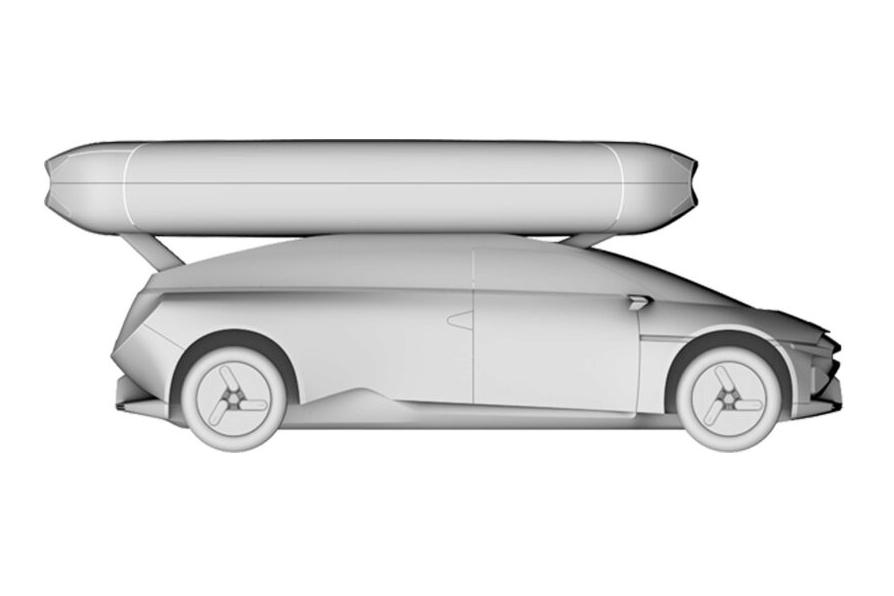
The car itself features four wheels and two doors, and looks more like an actual car than any flying car concept or prototype before it.
There’s a long wheelbase and stubby front and rear overhangs, as well as minimalist detailing – rip off the rotor pack and it could arguably pass as a regular electric vehicle in 2022.
Xpeng said last year it’d launch its first mass-produced flying car in 2024, and it’s being developed by its offshoot HT Aero, formerly known as Xpeng Heitech.
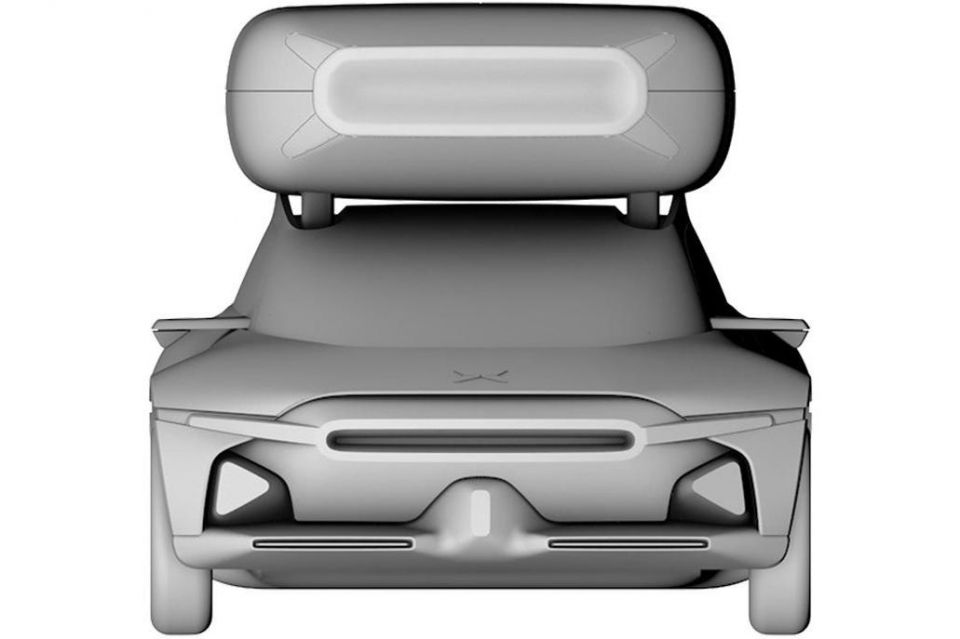
Flying cars are also referred to as vertical take-off and landing aircraft, or VTOLs (or eVTOLs if battery-powered).
In September 2021, Xpeng revealed its two-seater Voyager X2 which looks decidedly different to these patent images.
At its reveal, the company said the Voyager X2 could fly for 35 minutes on one battery charge and reach an altitude of 1000m and a cruising speed of 130km/h.
Measuring 4.97m long and 4.78m wide, or 4.79m long and 1.95m wide with the rotors folded, the Voyager X2 has a full carbon-fibre structure.
Xpeng claims the concept weighs just 560kg, with a payload of 200kg, and executives said last year a production flying car would cost between 800,000 and 1.5 million yuan (A$167,000 to $313,000).
The Voyager X2 was the latest in a series of flying vehicle concepts by Xpeng, some of which have resembled enlarged drones more so than cars.
HT Aero raised over US$500 million (A$693 million) in its latest funding round late in 2021.
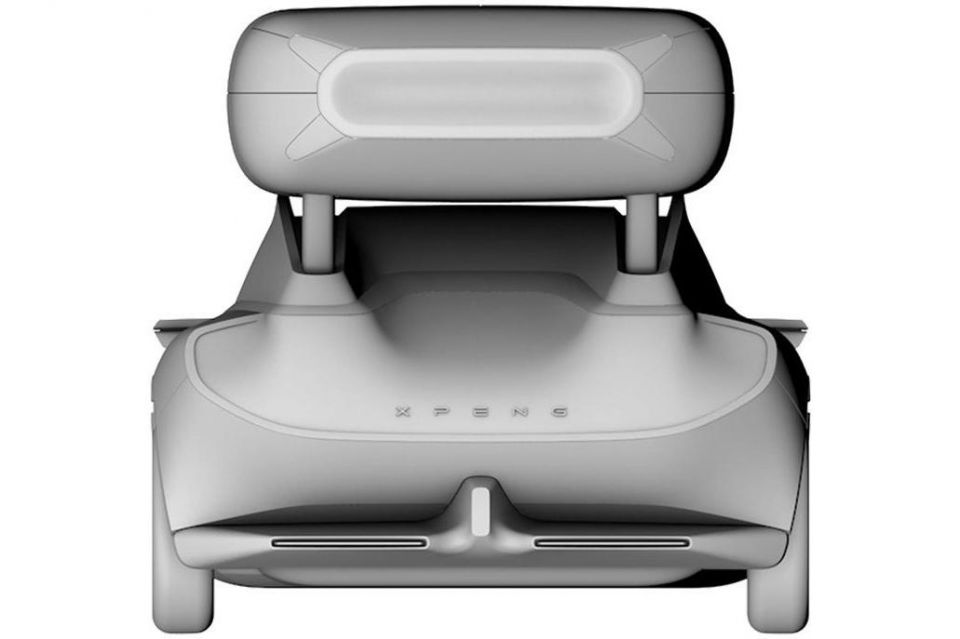
It’s not the only company investing in flying cars, with Chinese giant Geely having acquired American flying car startup Terrafugia.
Both Xpeng and Geely will encounter headwinds as they head towards series production, chiefly the legislation – or lack thereof – surrounding flying cars.
Investment firm Morgan Stanley said last year eVTOLs could eventually represent a US$9 trillion (A$12.49 trillion) market globally by 2050, but revised its estimates downward from $1.5 trillion to $1 trillion by 2040 (A$2 trillion to $1.38 trillion)
Its definition of these flying vehicles includes those used for both transporting goods and transporting humans.
It said it revised its estimates downward “to allow for a greater ‘margin of safety’ given our understanding of the certification landscape in the U.S. and Europe”.
There’s been some movement on flying cars in Europe.
In Slovakia, the flying, petrol-powered Klein Vision AirCar has received airworthiness certification by the Slovak Transport Authority in line with European Aviation Safety Agency (EASA) standards.
The company says it completed its first manned test flight between two Slovakian cities last year, and has logged more than 70 hours of test flights, 200 takeoffs and landings, and steep 45 degree turns.
The EASA says it’s creating new rules and revising existing ones to address VTOLs, including operator licensing requirements for the vehicles.
MORE: Brand overview: Xpeng
William Stopford is an automotive journalist based in Brisbane, Australia. William is a Business/Journalism graduate from the Queensland University of Technology who loves to travel, briefly lived in the US, and has a particular interest in the American car industry.


Josh Nevett
4 Days Ago


Andrew Maclean
3 Days Ago


Shane O'Donoghue
3 Days Ago


Anthony Crawford
2 Days Ago
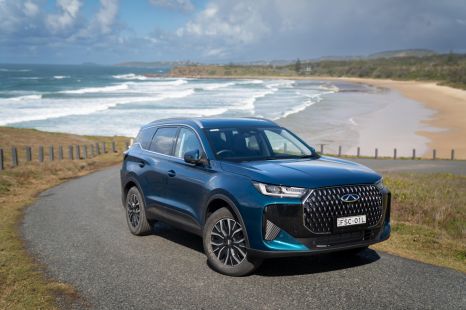

Andrew Maclean
2 Days Ago
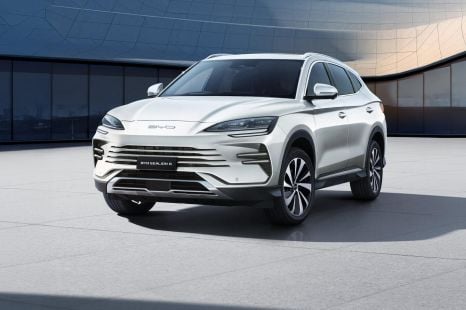

William Stopford
2 Days Ago